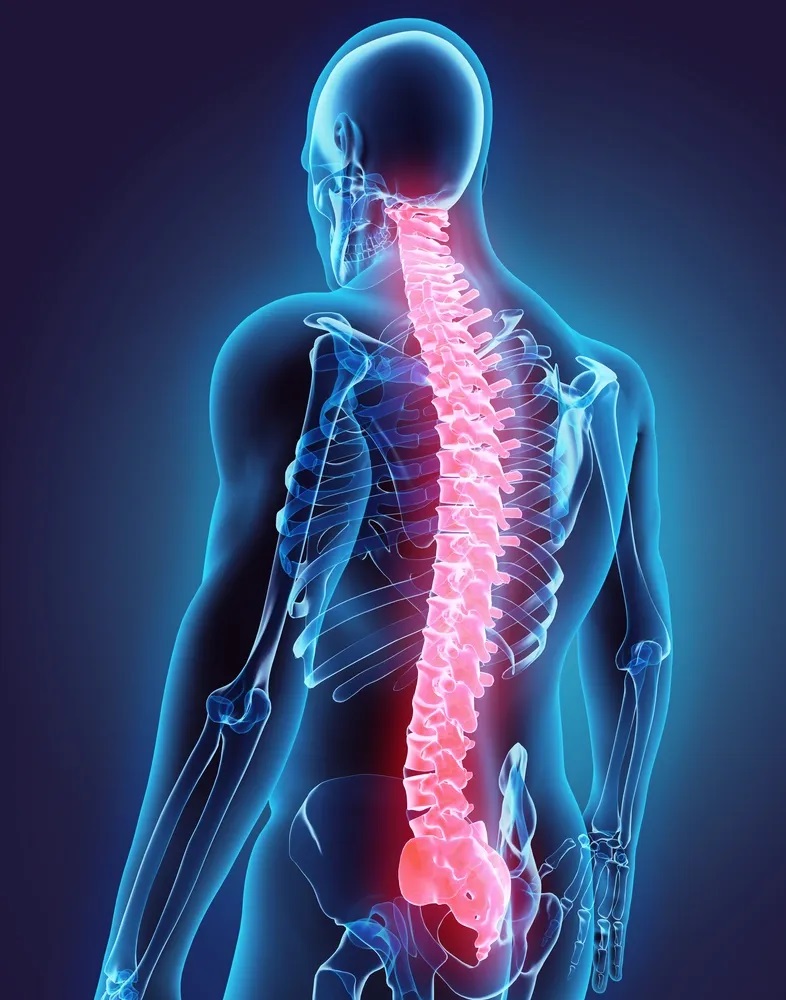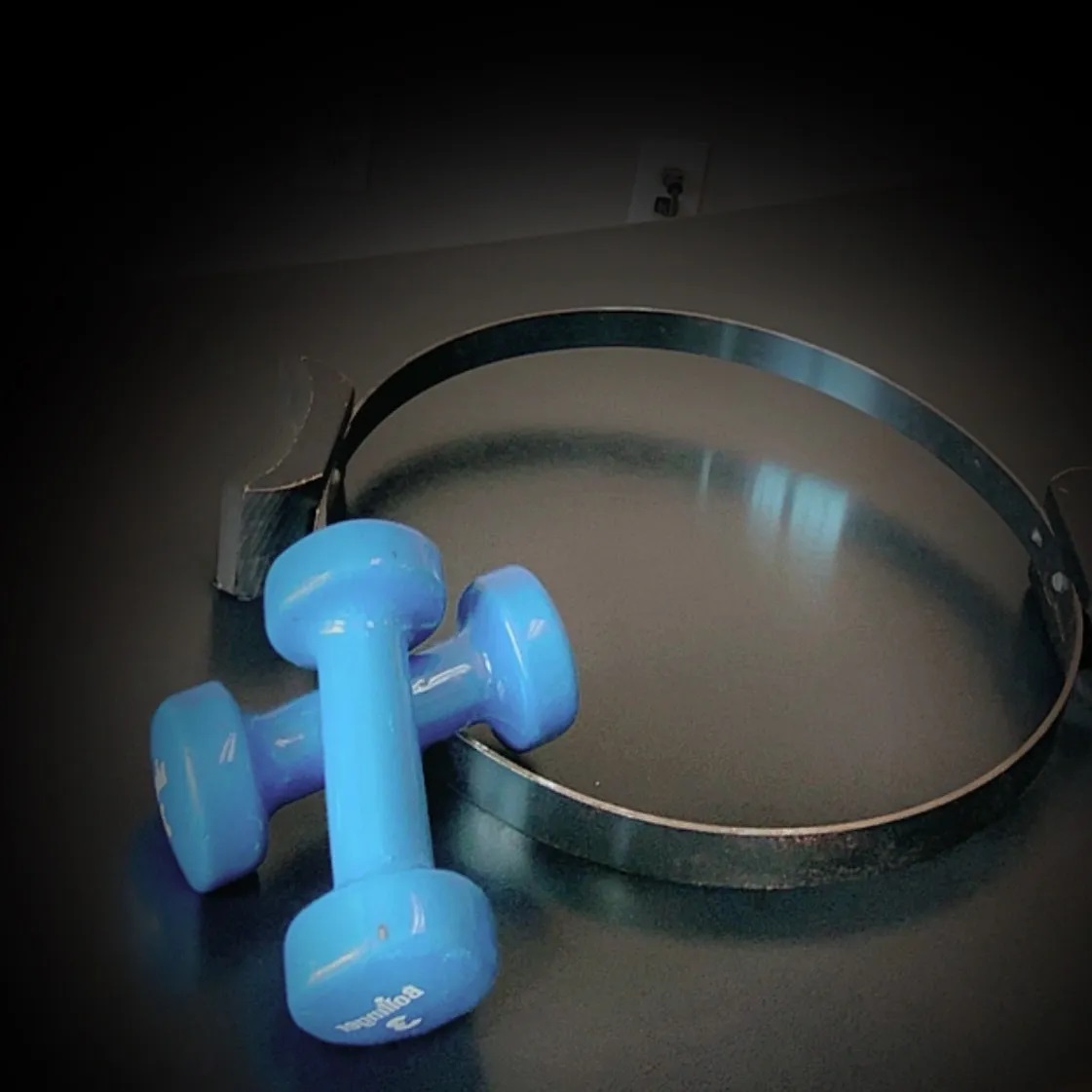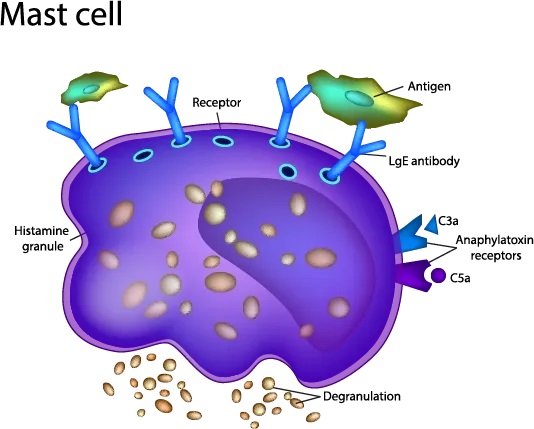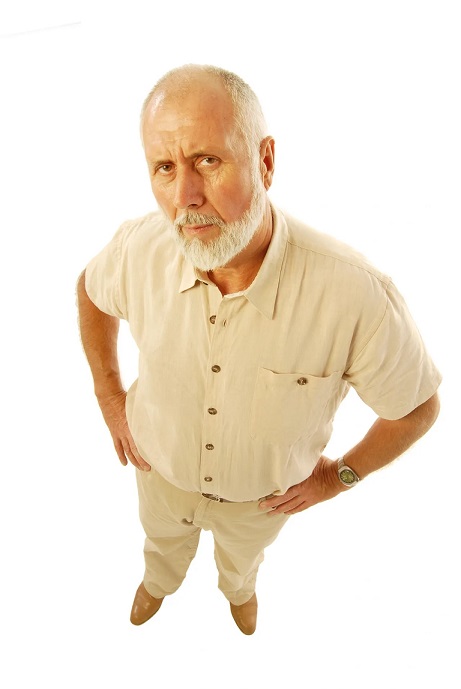The Coronavirus, a pandemic responsible for infecting hundreds of thousands of people in more than 130 countries has changed our world. The death toll is devastating. Covid-19 has caused a new norm of working from home, Zoom meetings, social distancing, sheltering in place and the expression “flattening the curve.” It refers to the projected number of people who could contract this horrific virus. Obviously, we want to flatten this number. However, the expression is not new at all. Joseph Pilates was revolutionary in the fitness world.
His method, now more than a hundred years old, is taught all over the world. His exercises are used by physical therapists, personal trainers, and coaches. Some of these professionals may not even realize what they are teaching is based on one man’s invention. Yes, he was a genius and he used the expression “flattening the curve.” No Joe did not have a crystal ball. Even though he lived through the Spanish Influenza of 1918, he didn’t know that Covid-19 would decimate his beloved New York City and the world around it. In fact, during that devastation a hundred years ago, Pilates used his breathing system and his exercise method to help prevent people around him from contracting that terrible flu. But that is not what I want to talk about. The curve Joe Pilates was referring to, was the spine.
Today, just as the Coronavirus brought a new normal to our world, there are many people trying to change Mr. Pilates system of exercise stating that the flat-back position Joe taught was dangerous. They want you to work in what is referred to as a neutral position. However, neutral allows each person to exercise in the spinal position they come to the studio with. This means that nothing in the body changes. What Pilates wanted to do and did with all his clients was work toward a healthy long spine when lying supine. He had sound reason for doing so. There is, for example, strong correlations between a person with an upright healthy spine that has the natural curves God intended and a person who slouches. The person hunched over is reducing space in the body for the vital organs therefore impeding the proper function of the lungs, heart, kidney, and liver.
Joseph Pilates also wanted his students to have a stable core, which he called “The Powerhouse.” To achieve this, the person must have strong abdominals and be able to properly articulate the muscles surrounding the spine. This requires decreasing over-curvatures such as hyper-lordosis, hyper-kyphosis, and scoliosis which all impair daily function and eventually lead to severe pain. He worked on correcting, reconditioning and eventually maintaining the spine in a more functional placement not only when exercising but while completing daily movements. This is what he wanted to achieve when he discussed flattening the curve.
Joseph Pilates wrote and talked a lot about the spine. As we see how today things are changing around us, we must understand that when Mr. Pilates conceived his methodology, the world he lived in was quite different from our own. There were no computers and cell phones — phrasing was different too. We have to keep this in mind when we interpret his work. He knew the mechanics of the body and was not referring to people with normal curvature of the spine. He did not literally mean a flat spine and was referring to how we visually see someone standing. Is the head hanging forward? Are the shoulders rounded? Are the hips behind the pelvis? These and many other conditions are considered poor posture. In our modern world these postural imbalances are on the rise. Furthermore, positions such as arching of the lower back, hips in front of the pelvis or other spinal imbalances occur when there is little to no control of muscles. Holding the spine upright and elongated requires proper abdominal control.
Unfortunately, critics of Mr. Pilates’s original work are just uninformed. The spinal position Pilates talked about was not static or contracted as some people interpret it to be. When the student lies on the mat or carriage of the reformer the following should occur: 1.) The pelvis should be pulled away from the rib cage creating length; and 2.) There should be a gravitational energy that equally works the abdominal wall and the back muscles which activates the transverse abdominus and the obliques which attach to the thoracolumbar fascia creating what can be referred to as the body’s natural girdle. Consequently, this activates the abdominals and stabilizes the lumbar spine allowing for safer, more effective movement. These are the points that are instrumental in allowing someone practicing traditional Pilates to control their body. While exercising, the spine is capable of moving in all planes of motion which allows for flexion, extension, rotation, and side bending of the spinal column.
As the exercises begin to bring the head, neck and legs into play, the navel is brought in toward the spine to truly activate the deep abdominal muscles (transverse abdominus) as the body works in a “C” curve. This would not be possible if the lower spine were off the mat as it would be with people with hyper-lordosis. Further, the abdominals would not be able to fire, and the lumbar spine would be required to withstand too much compression. No strength would be gained, and pain would result. Working the way Pilates taught is deeper and allows the person practicing the method to fully trigger the whole Powerhouse and not just the rectus abdominus known as the “six pack abs,” which are popular to show off on Instagram but alone will not allow for proper movement patterns. Traditional Pilates teaches stabilization. This is crucial for people with Ehlers-Danlos Syndrome, people who struggle with proper balance, athletes, dancers, people with Parkinson’s disease, and well, frankly, everyone. So, what does the phrase “flat back” truly mean? It simply refers to the lengthening of the spinal column while exercising. This then helps us to bring our spine into a healthy upright position. We cannot have the strength to hold our spine upright while standing without abdominal strength.
A lot is changing in our world. We are surrounded by uncertainty. There is a lot we need to work together to change, but the Pilates method is tried and true. It does not need to be altered. It just needs to be understood. We need proper spinal health for overall well being in our bodies. Keep in mind healthy people are more likely to successfully combat disease. Aligning your spine by working on reducing poor postural habits is what Joseph Pilates was talking about because he understood the importance of stability, core strength and overall well being. So, let’s work together to “Flatten the Curve” during this Pandemic. Please stay home and join one of our virtual Pilates classes to strengthen your Powerhouse and stay well.





